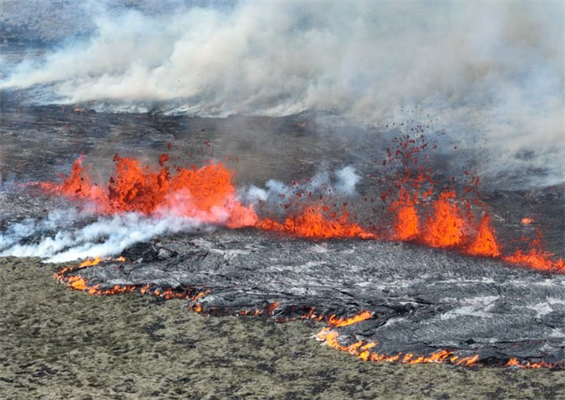
Columns of smoke and lava spewed after the volcano erupted on July 10.
“At the moment, it is a small eruption,” said Matthew Roberts, director of services and research at the IMO. Roberts added that there was no immediate danger to people in the area. The eruption was confirmed by IMO experts at 16:40 GMT on 10 July.
Images and live streams from local news outlets MBL and RUV showed lava and smoke pouring from a crack in the ground on the slopes of Fagradalsfjall.
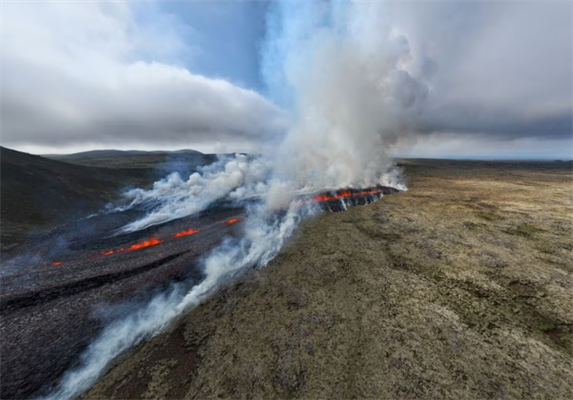
The Reykjanes Peninsula is a volcanic and seismic hotspot southwest of the capital Reykjavik. In March 2021, lava spewed from a 500-750 meter fissure in the ground in the Fagradalsfjall volcanic system and continued for six months. The eruption attracted thousands of Icelanders and tourists to see the spectacle. A three-week-long eruption followed in the same area in August 2022.
The volcanic system here is about 6 km wide and 19 km long, and had been dormant for more than 6,000 years before those two eruptions. Eruptions in the area have so far been relatively harmless, and there has been no impact on air traffic.
According to The Guardian, Iceland has 33 active volcanoes, the highest number in Europe. The 1783 eruption of the Laki volcanic fissure in the south of the island is considered by some experts to be the most devastating in Iceland's history, causing the largest socioeconomic and environmental disaster. Between 50 and 80 percent of Iceland's livestock died, leading to a famine that killed a quarter of the country's population.
SERIOUS
Source




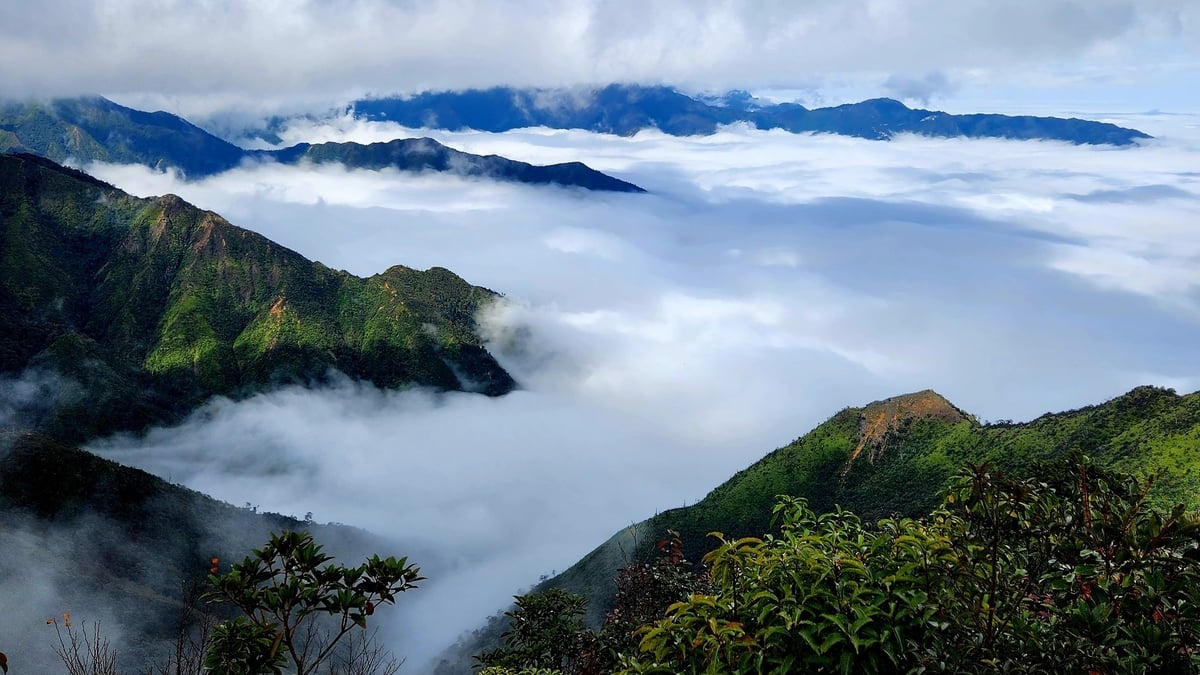

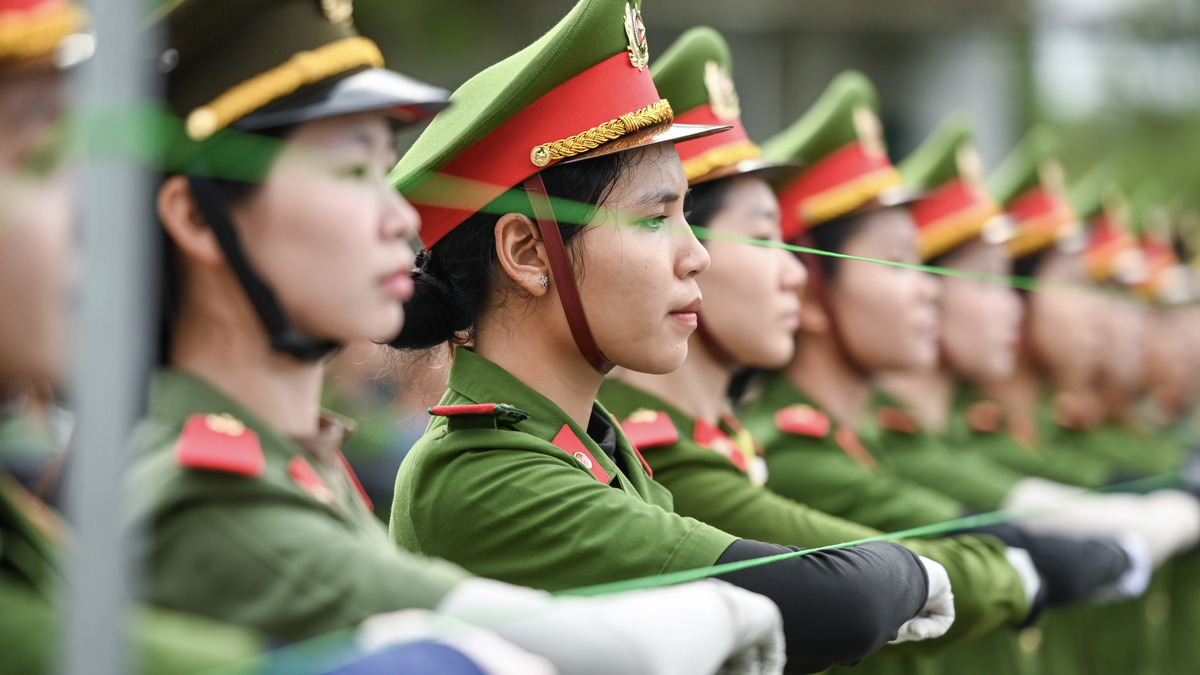




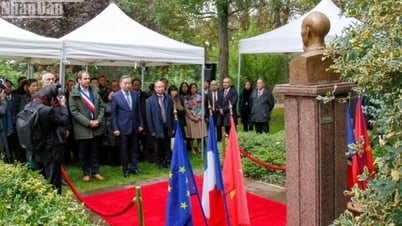







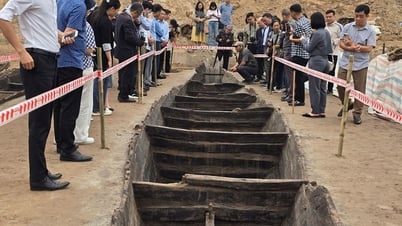

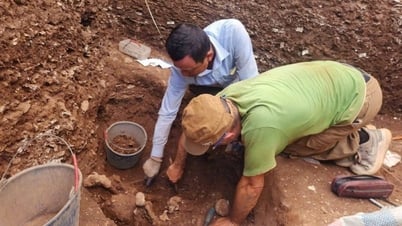
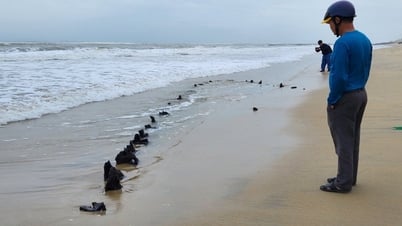
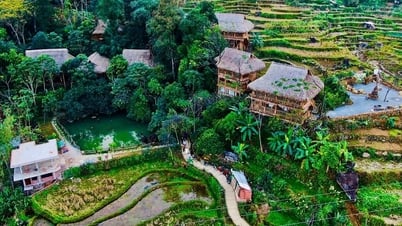
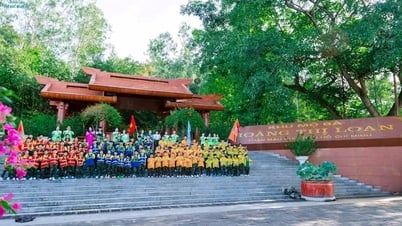



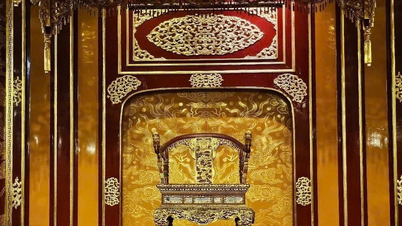

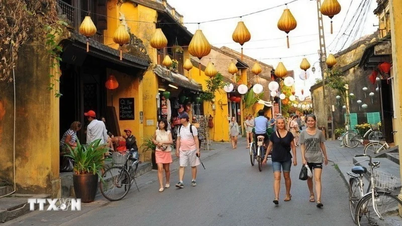























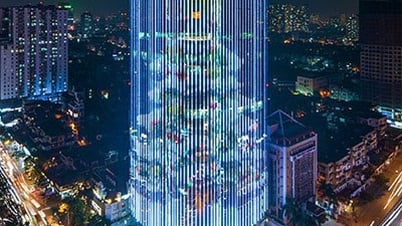


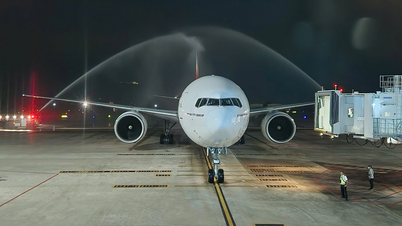




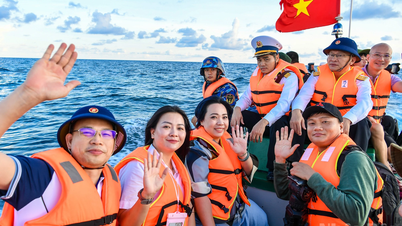
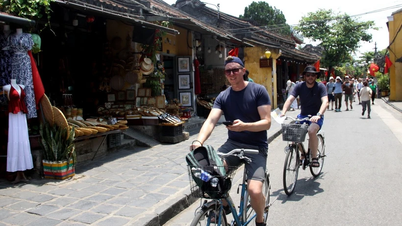














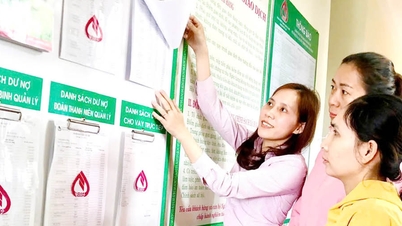

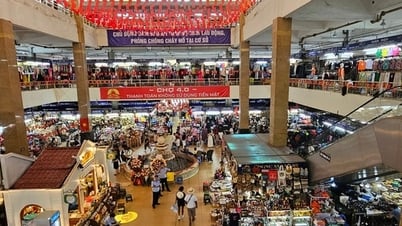












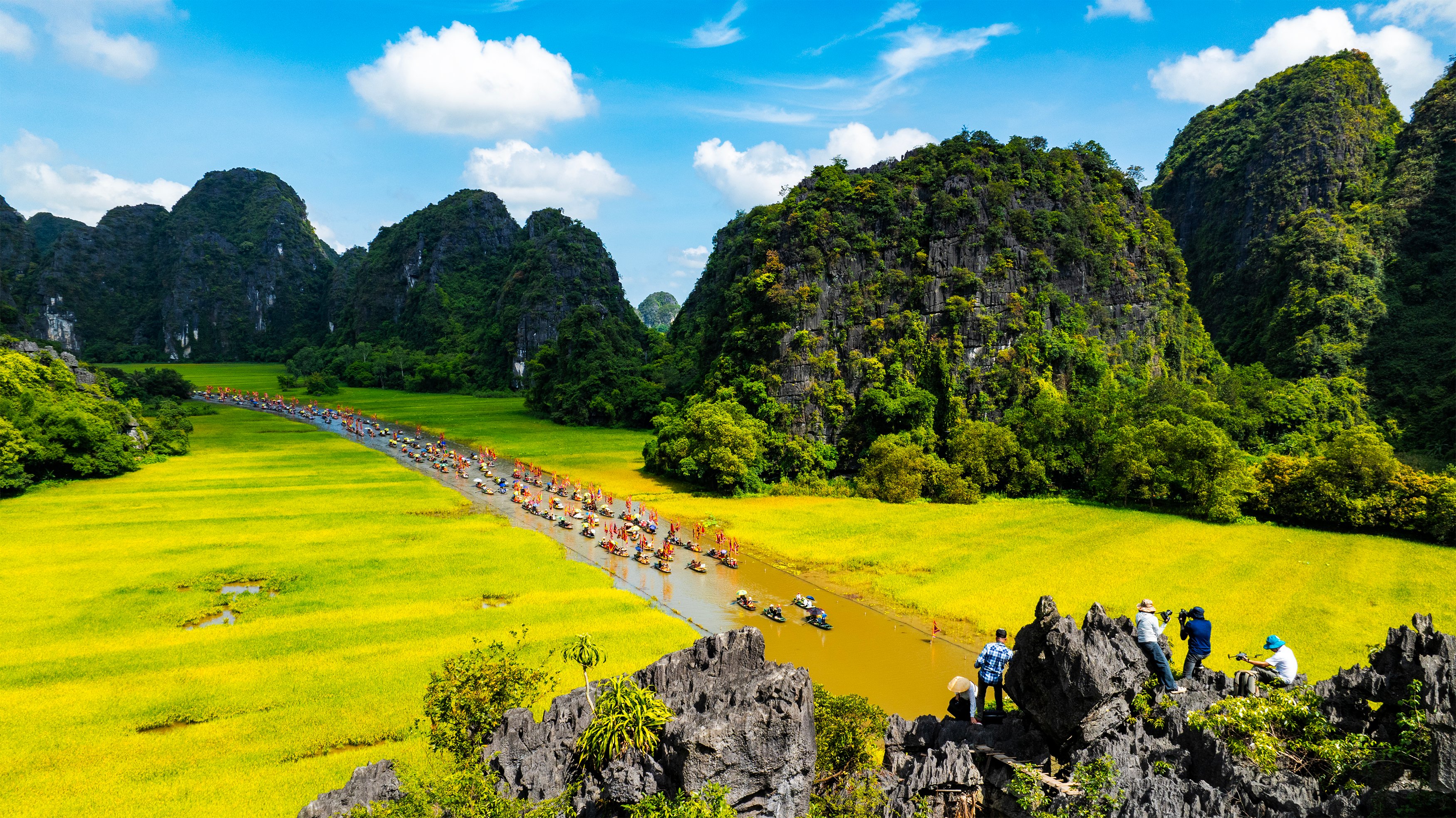
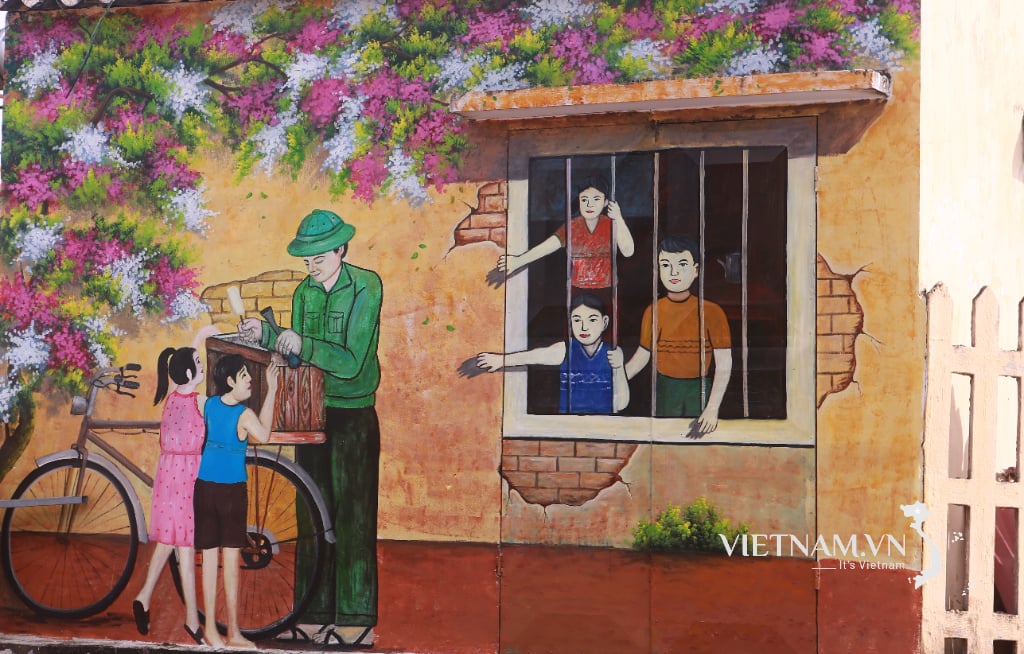
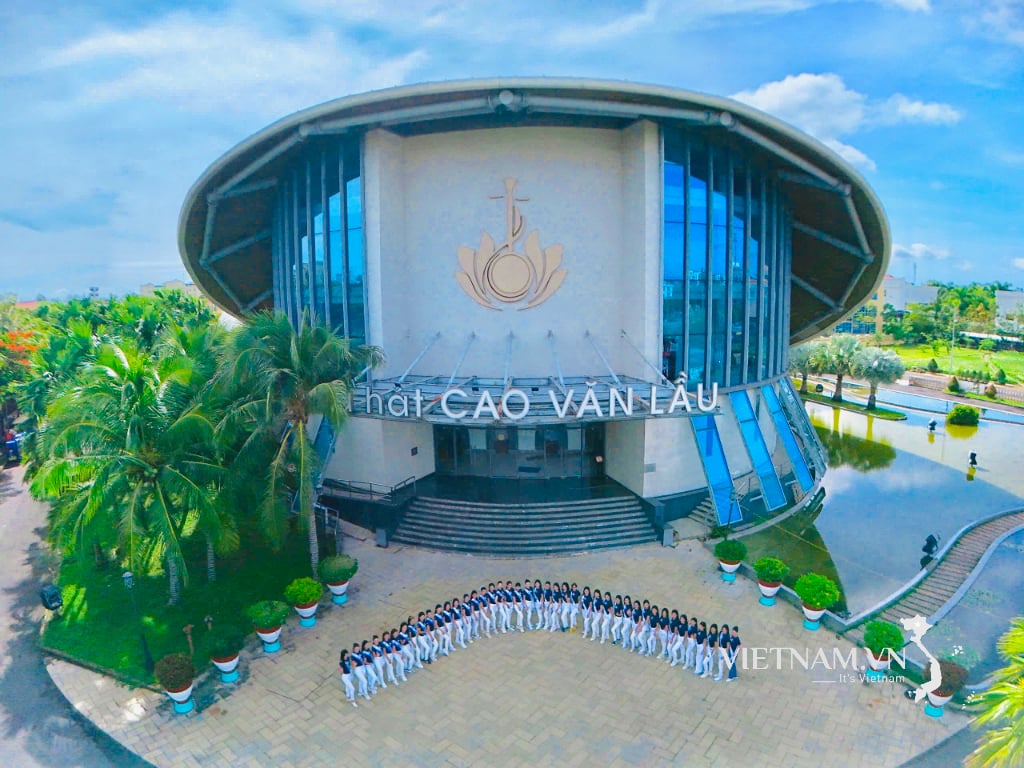

Comment (0)